The forest - The green scarf
Like a green scarf across the northern hemisphere lies the boreal forest. Safely embraced by this scarf is Hafsrød, and the forest has a very special place in our hearts here. Today – March 21 – is World Forest Day, and what’s better than to tell a little bit about why?
Long-term management for future generations
Hafsrød came into my great-grandfather P. M. Anker’s possession at the beginning of the 20th century, and has since been passed down from generation to generation. After the forest has been Dad Fritz’s responsibility for over 40 years, it was my turn to take over.
The property is about 7,500 acres, and consists of both forest, land, game, forest cabins and waters that will be managed to last for all time to come. There is a lot to get acquainted with and a great responsibility, but the idea of a long-term administration was well tought from the start of my childhood.
The boreal forest to which Hafsrød’s forests belong is something quite different from, for example, the rainforest in the Amazon or the mangrove forest that is found in many places in the world. In a way, time moves a little slower here in the north, and from the time a tree is planted in the ground, several generations can pass in the boreal forest before the trees can be harvested. The forest that my ancestors have cared for throughout their lives are values that we can now reap from. Therefore it is just as important to make sure that those who come after us get the same opportunity.
Sustainable forestry and sustainable experiences
At Hafsrød, it is mostly coniferous forest that surrounds the property. About 70% of the forest at Hafsrød consists of pine forest, and every year we harvest up to 5000 m3 of timber. When the old forest is cut down, we ensure that a new one comes up either by leaving seed trees that provide natural regeneration, or we plant trees. Did you know that almost 44 million trees were planted in Norway in 2020?
At Hafsrød, the forest is managed sustainably. Through Norway’s legislation and the certification scheme Norwegian PEFC Forest Standard, we can make good choices when we harvest timber. Did you know that Hafsrød has its own landscape plan that ensures long-term management of the forest?
Learn more about how managing our forest is part of our sustainability goals here.
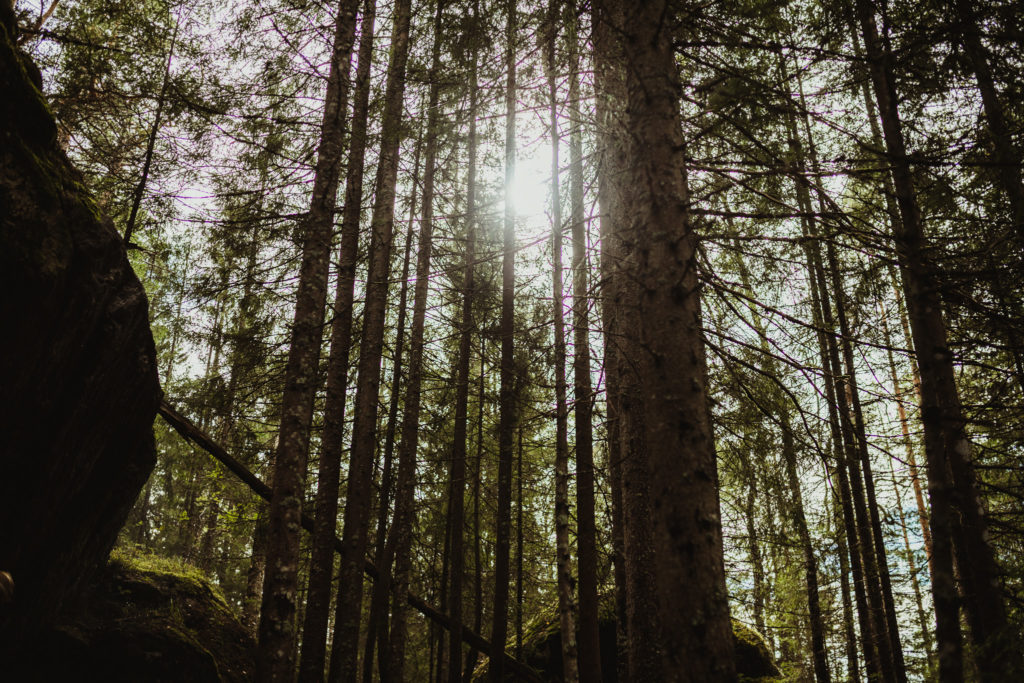
Through the forest’s life, we care for the forest with great effort. The most important job is to make sure that the trees have enough nutrition and light. This means that some trees have to pay with their lives in order for other trees to thrive. The remaining trees then get better space and less competition. This means that the forest grows well and stays healthy, at the same time as it receives nourishment from the trees that were felled. A healthy forest is better equipped against the stresses of weather, wind, disease and attacks from fungi and insects, and is thus one of the most important jobs we have to prepare it for climate change.
One of the best things about the forest here in the north is that it assumes an unspoken belief in the future, simply because the choices we make today are not made for our own benefit. It is our children, or perhaps our grandchildren, who can reap the benefits of the choices we make today. And since we plant trees and tend the forest, doesn’t that mean we want to do the best for those who come after us?
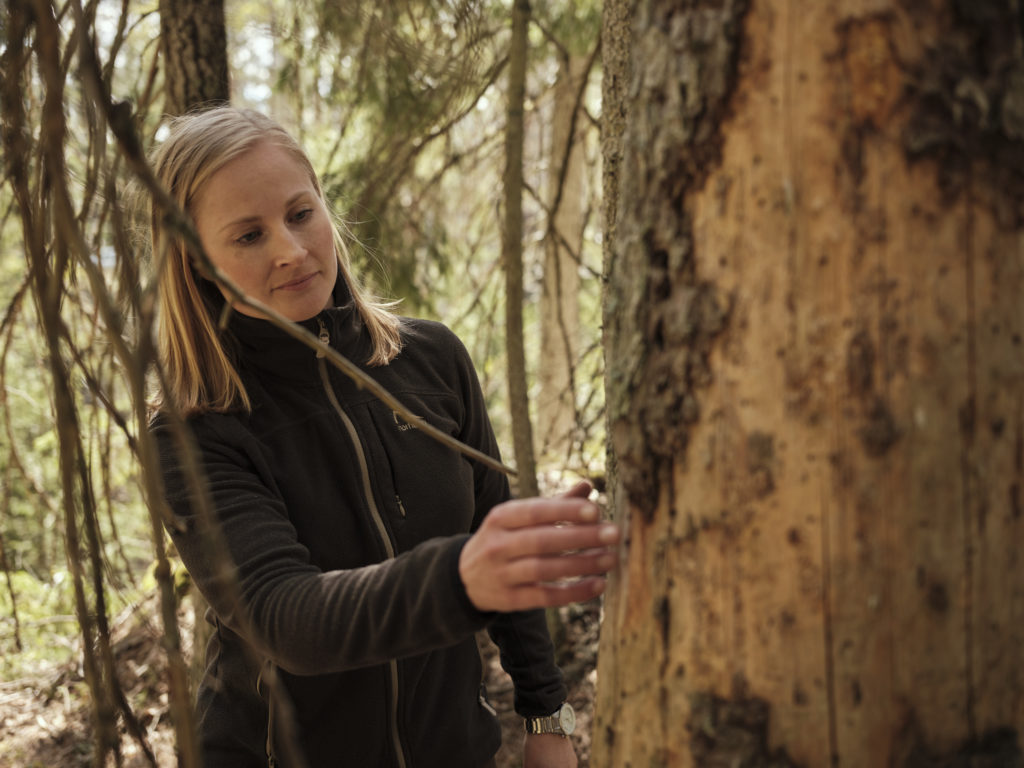
The long perspective in the forest may have done something with our mindset at Hafsrød. What do the choices we make today mean for those after us? We use this approach in all parts of Hafsrød, also when it comes to nature-based tourism. In order for us to be able to enjoy what nature has to offer today, we must ensure that future generations can do the same.
We hope we can give you wonderful experiences here at Hafsrød, and that you will become at least as fond of the forest as us.

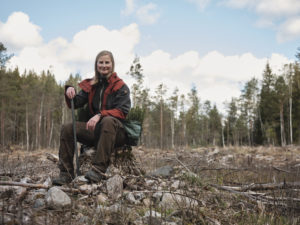
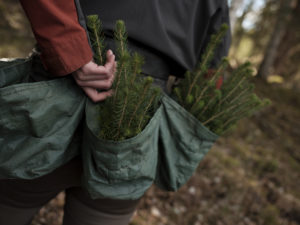
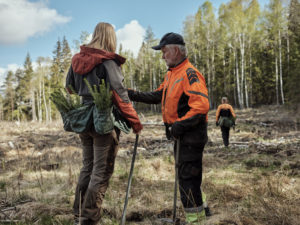
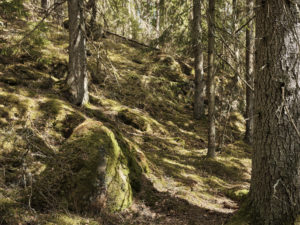
 ingeborg
ingeborg 24 April 2024
24 April 2024